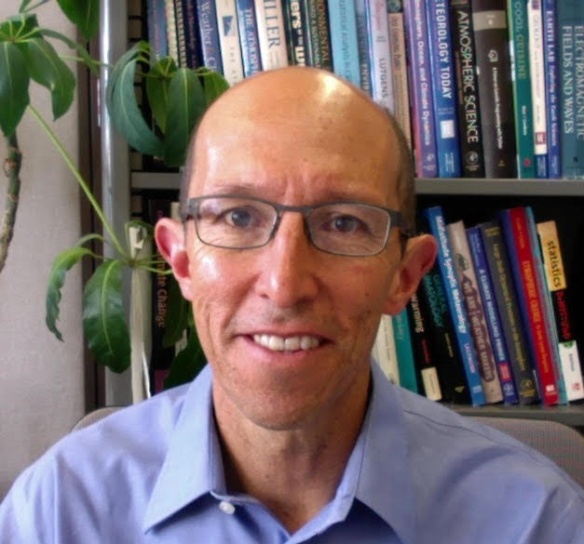By Steve Schaefer

A week ago, Tim Rumage, a planetary ethicist and naturalist and co-founder of This Spaceship Earth, spoke to an attentive online audience from Climate Reality Bay Area Chapter about Climate Change and how we are all complicit in it. He made a point of stressing that it’s not just our actions, but our thinking that has gotten us into trouble.
“We don’t think about the effects of what we do,” Rumage started with. He used an example of how during our current pandemic, the air has gotten significantly cleaner, not from the actions (or lack of actions) of any one person or country’s part, but by all of us. “The damage is cumulative–all of us,” he stated.
“We need to think in terms of how the planet functions, not just me, city, country,” he said. The name of his organization, This Spaceship Earth, comes from the fact that the Earth, as far as we know, is the only place where human life exists, and we are an island, with limited resources. We are all responsible for taking care of it, making us all “crew” and not “passengers.”
Rumage talked about how in earlier times, people thought of the Earth as a vast, unlimited place and if you ran out, you just moved on. We need to make the mental adjustments–political and psychological–from thinking of the world as unlimited to instead to envisioning it as a closed sphere.

Rumage says we confuse “exchangeable” with “interchangeble.” The products we make are not equivalent to the natural versions, from our food to our fuels to everything else. We are also out of balance, using up more resources than can be replenished. Earth Overshoot Day, which falls on August 22nd this year, “marks the date when humanity’s demand for ecological resources and services in a given year exceeds what Earth can regenerate in that year,” according to the Earth Overshoot Day website.
That’s certainly not a good long-term strategy for survival.
Continuing with the theme of our thinking being the problem, Rumage said that we suffer from siloed thinking–not looking at the big picture. “We have a mental disconnect with our life support system,” he said. “We are a part of the environment and not apart from it.”
It’s well worth visiting the website to learn more about Tim Rumage and his team, and to find out how you can develop “crew consciousness” on This Spaceship Earth. And you’re welcome to join the Bay Area Climate Reality Chapter. It’s based on Al Gore’s environmental message and training–but you don’t need to be trained yet to be a member, and it doesn’t cost anything. If you want to take the first worldwide Climate Reality Leadership Online Training, it’s coming up starting on July 18th.
An old 1960’s slogan was, “If you’re not part of the solution, you’re part of the problem.” Today, you need to be a crew member, not a passenger.



